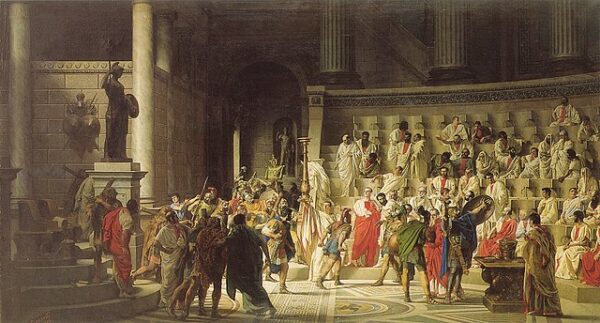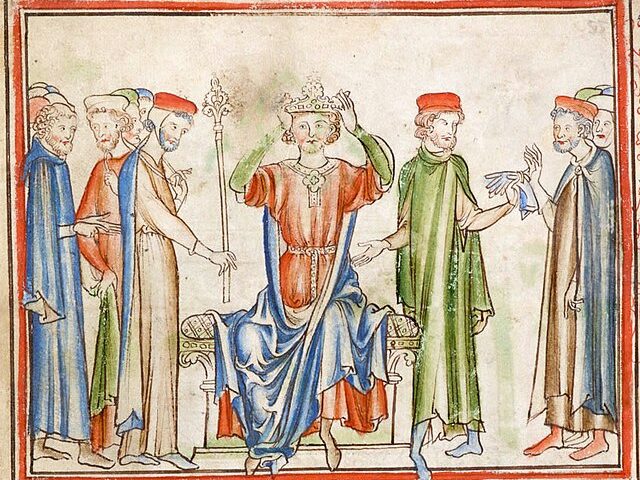By the summer of 70 AD, the city of Jerusalem—once the spiritual and political heart of the Jewish people—was under siege by the legions of Rome. Titus, the ambitious son of Emperor Vespasian, commanded the assault. After months of grueling encirclement, starvation, and attrition, the Roman forces reached a critical turning point on July 20: they stormed the Fortress of Antonia, a key military outpost guarding the approach to the Temple Mount. What followed was a bitter and chaotic urban battle that spelled the beginning of the end for the Jewish resistance.
The siege had begun in the spring, part of Rome’s campaign to crush the First Jewish Revolt, which had erupted in 66 CE. That uprising, driven by religious fervor, nationalist hope, and deep resentment of Roman occupation, had gained early momentum but soon turned inward as competing Jewish factions—Zealots, Sicarii, and moderates—fought each other even as the Roman legions closed in. By the time Titus arrived with four legions, Jerusalem was already weakened by internal divisions and famine.
Titus first tightened the noose around the city. He ordered the construction of a circumvallation wall, trapping the inhabitants and choking off all access to food and water. Disease and starvation followed. Still, the Zealots held out in the city’s fortified strongholds, and the centerpiece of their resistance was the Temple Mount—a site both sacred and strategically vital.
The Fortress of Antonia, located on a hill just north of the Temple, was originally built by Herod the Great and named after his Roman patron Mark Antony. It served as a Roman garrison and towered over the Temple complex. Titus understood its importance. If Antonia fell, the path to the Temple—and to the heart of Jewish morale—would be open.
On July 20, after weeks of battering the walls with siege engines and undermining the foundations, Roman troops launched a full-scale assault on the fortress. Zealot fighters, many of them hardened by years of resistance, fought with desperate resolve. They knew what was at stake. The street-to-street, house-to-house fighting that erupted was ferocious. Roman legionaries, trained in disciplined formation warfare, found themselves bogged down in alleys and stairwells. Zealots ambushed from rooftops, hurled stones, and lit fires to block passageways. It was no longer a siege—it was a knife fight in the ruins.
But the tide was inevitable. Roman numbers, engineering, and discipline began to overwhelm the defenders. By nightfall, the Romans had seized Antonia. From there, Titus ordered preparations to breach the Temple complex itself. Though he reportedly wished to preserve the Temple for its grandeur and utility, his soldiers—either in a fit of rage, confusion, or indiscipline—would soon set it ablaze.
The storming of Antonia marked the beginning of the end. Less than a month later, the Second Temple would be in ruins. Jerusalem would fall in full. Tens of thousands were slaughtered, and the survivors were enslaved or paraded in chains through Rome. The Temple’s golden menorah and other sacred relics would be immortalized on the Arch of Titus.






